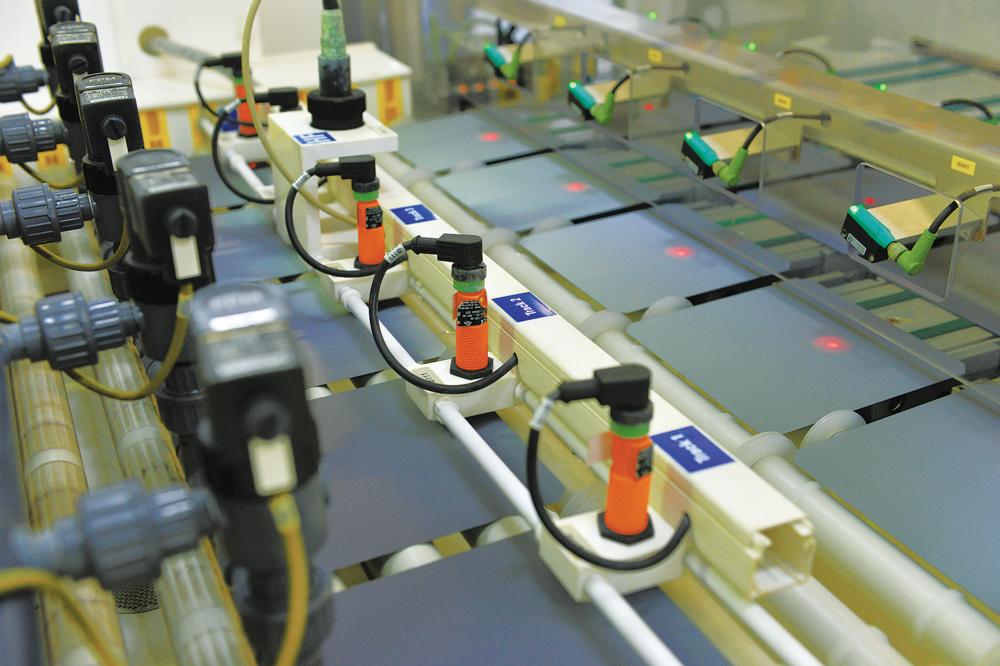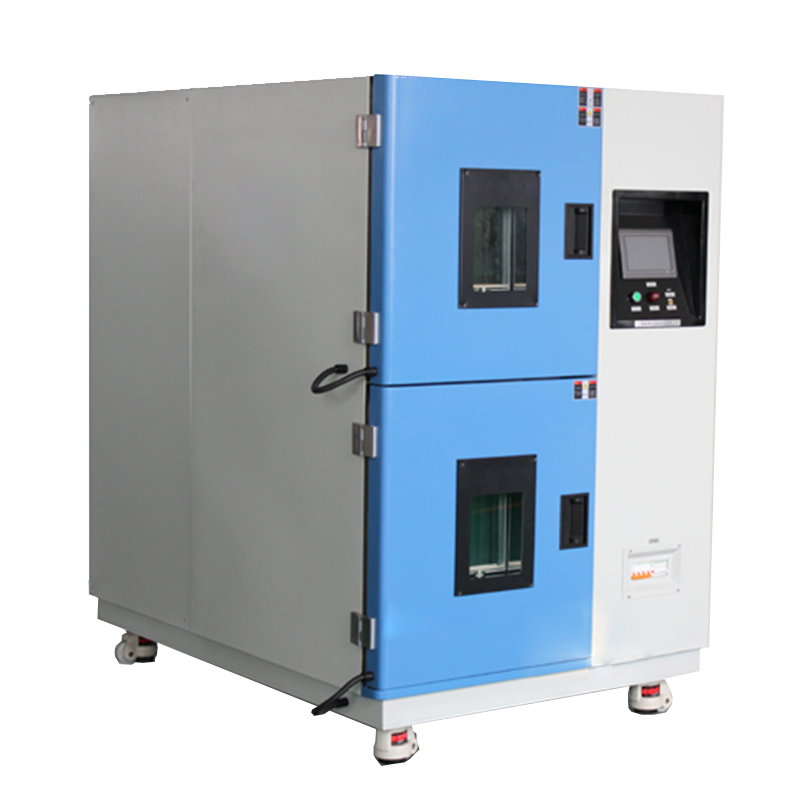Thermal shock test chambers are high-precision instruments used to evaluate the durability of materials and components under rapid and extreme temperature changes. They play a critical role in aerospace, automotive, electronics, defense, and advanced manufacturing industries. Despite their sophisticated mechanical and control systems, the reliability and safety of these chambers depend heavily on proper power wiring. Improper electrical connections, insufficient grounding, or deviations from recommended wiring practices can trigger a range of risks—from equipment malfunction to severe safety hazards.
Electrical Safety Framework
International standards such as IEC 60204-1, NFPA 79, and EN 60204 provide clear guidelines for industrial equipment wiring. Thermal shock test chambers often require high-amperage three-phase power, making correct voltage balance, phase sequencing, and protective grounding essential.
Non-compliance with wiring requirements:
-
Violates regulatory standards
-
Reduces equipment reliability
-
Can lead to warranty invalidation
Proper wiring ensures equipment safety and long-term operational stability.

Potential Risks of Non-Conforming Power Wiring
1. Electrical Overheating and Fire Hazards
-
Undersized conductors, loose terminals, or poor insulation generate localized heat under high current.
-
Simultaneous operation of compressors, heaters, and circulation fans can produce peak loads.
-
Poorly rated cables cannot dissipate heat effectively, leading to insulation degradation, conductor oxidation, and potential fire hazards.
2. Voltage Imbalance and Component Stress
-
Phase sequence errors or unequal load distribution cause voltage imbalance, forcing motors to draw excessive current.
-
Overheating, vibration, and shortened lifespan of motors and power electronics, including PLCs and inverters, may occur.
3. Malfunction of Temperature Control Systems
-
Accurate temperature profiling requires stable, uninterrupted power.
-
Improper wiring may introduce voltage drops, transients, and harmonic distortion.
-
Results include inaccurate temperature ramps, failure to meet specifications, and compromised test reproducibility.

4. Grounding Deficiencies and Shock Hazard
-
Proper grounding mitigates leakage currents and protects personnel.
-
Non-compliant wiring may use undersized or absent grounding conductors.
-
Enclosures carrying fault voltage create direct or indirect electrocution risks.
5. Interference with Data Acquisition Systems
-
Unshielded cables, poor grounding, and loose connections produce electromagnetic interference (EMI).
-
Sensor readings become inaccurate, data logging is corrupted, and test validity is compromised.
6. Accelerated Wear of Critical Components
-
Erratic power supply accelerates wear on compressors, solenoid valves, and circulation motors.
-
Reduces mean time between failures (MTBF) and increases maintenance costs.
-
Leads to lost productivity, delayed certifications, and damaged client trust.

Industry Case Observations
-
Aerospace testing: Non-standard cabling caused power fluctuations that disrupted test sequences, forcing costly repeat cycles.
-
Automotive validation: Insufficient grounding damaged PLC controllers, requiring complete system replacement.
-
Semiconductor labs: High harmonic distortion from poor wiring interfered with micro-temperature sensors, invalidating months of data.
These cases show that non-conforming wiring is a systemic risk, not an isolated issue.
Compliance and Best Practices
Correct Cable Sizing
-
Determine conductor cross-section by rated current, voltage drop, and installation environment.
-
Longer cables require larger cross-sections.
-
Insulation must withstand both ambient conditions and thermal rise.
Secure Terminal Connections
-
Tighten terminal screws to manufacturer-specified torque.
-
Use crimped lugs and insulated terminals for long-term reliability.
Balanced Three-Phase Connection
-
Verify phase sequence with rotation meters before energization.
-
Ensure current distribution is balanced; deviation >2% requires correction.
Dedicated Grounding
-
Grounding resistance should not exceed 4 ohms.
-
All metallic frames, enclosures, and panels must be properly bonded.
Surge and Harmonic Protection
-
Install surge suppressors and harmonic filters.
-
Separate power cables from signal cables to minimize EMI.
Periodic Inspection and Maintenance
-
Use thermal imaging to detect overheating joints.
-
Perform insulation resistance testing regularly.
-
Annual audits by certified electricians ensure ongoing compliance.

Value of Professional Installation
-
Certified professionals ensure wiring meets international standards and manufacturer specifications.
-
Proper installation eliminates guesswork, reduces long-term risks, and maintains warranty coverage.
-
Guarantees accurate, reliable test results and protects high-value equipment investments.
Manufacturer Responsibility and Customer Assurance
-
Leading manufacturers provide integrated installation services, including:
-
Site power assessment
-
Installation supervision
-
Wiring validation
-
Operator training
-
-
Ensures technical reliability, personnel safety, and long-term operational success.
Strategic Impact for Laboratories and Enterprises
-
Downtime in testing equipment directly affects:
-
Product certification timelines
-
Contract fulfillment
-
Revenue generation
-
-
Proper wiring ensures stable operation, accelerates development cycles, and strengthens corporate reputation.
-
Regulatory audits require compliance with standards like ISO/IEC 17025; non-conformance can damage accreditation.
Key Takeaways
Improper power wiring in thermal shock test chambers is a major risk factor with cascading consequences. Electrical hazards, inaccurate testing, component wear, and regulatory non-compliance can all result from wiring deviations.
Mitigation strategies include:
-
Adhering to wiring standards
-
Professional installation
-
Regular maintenance
-
Manufacturer support
Ensuring electrical compliance protects personnel, preserves test accuracy, extends equipment life, and enhances global competitiveness.












